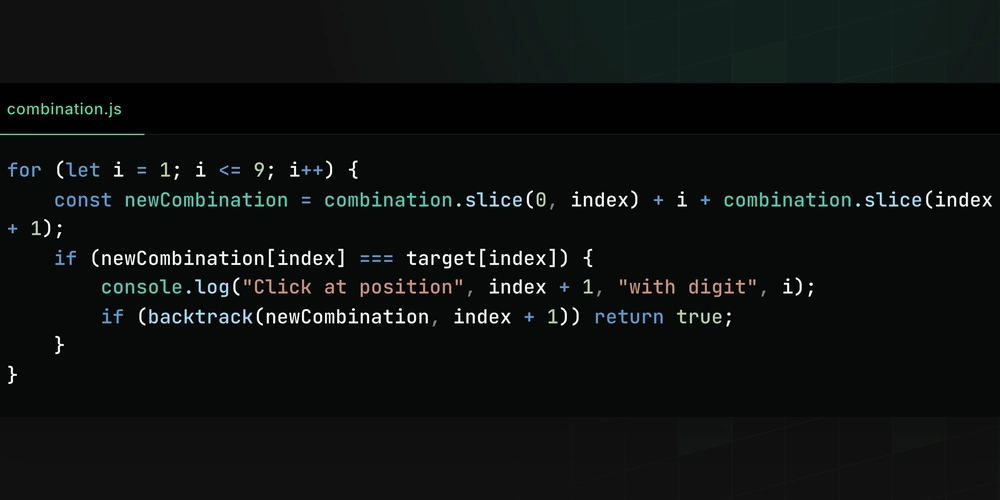CAP Theorem & Trade-offs
CAP Theorem & Trade-offs: Understanding Distributed Systems Introduction: The CAP theorem, also known as Brewer's theorem, is a fundamental concept in distributed systems. It states that a distributed data store can only simultaneously provide two out of the following three guarantees: Consistency, Availability, and Partition tolerance. Understanding this theorem is crucial for designing robust and scalable systems. Prerequisites: Before diving into CAP, understanding the core concepts is vital: Consistency: All nodes see the same data at the same time. A write operation completes before any subsequent read operations can return a different value. Availability: Every request receives a response, without guarantee of the data's freshness. Partition tolerance: The system continues to operate despite network partitions (communication failures between nodes). Advantages and Disadvantages of Each Guarantee: Choosing which two guarantees to prioritize depends on the application's requirements. CA (Consistency and Availability): Suitable for systems that prioritize data integrity above all else, but sacrifice partition tolerance. This usually means a smaller, tightly-coupled system. Disadvantages include limited scalability and single points of failure. CP (Consistency and Partition tolerance): Prioritizes data consistency even during network partitions. Availability might suffer as some requests may be rejected during partition. Example: many database systems. AP (Availability and Partition tolerance): Prioritizes system availability, even if it means data inconsistency across nodes during partitions. Suitable for applications where eventual consistency is acceptable (e.g., social media feeds). Features: The CAP theorem highlights inherent trade-offs in distributed systems. There's no "one-size-fits-all" solution; the optimal choice hinges on the application's needs. Consider factors like data sensitivity, acceptable latency, and the expected frequency of network partitions. Conclusion: The CAP theorem is not a limitation but a fundamental constraint. Architects must carefully consider the trade-offs between consistency, availability, and partition tolerance when designing distributed systems. Choosing the right combination ensures a system that effectively balances performance and data integrity according to its specific needs. No system can be perfectly CA, CP, and AP simultaneously; understanding the implications of this theorem is crucial for building reliable distributed applications.

CAP Theorem & Trade-offs: Understanding Distributed Systems
Introduction:
The CAP theorem, also known as Brewer's theorem, is a fundamental concept in distributed systems. It states that a distributed data store can only simultaneously provide two out of the following three guarantees: Consistency, Availability, and Partition tolerance. Understanding this theorem is crucial for designing robust and scalable systems.
Prerequisites:
Before diving into CAP, understanding the core concepts is vital:
- Consistency: All nodes see the same data at the same time. A write operation completes before any subsequent read operations can return a different value.
- Availability: Every request receives a response, without guarantee of the data's freshness.
- Partition tolerance: The system continues to operate despite network partitions (communication failures between nodes).
Advantages and Disadvantages of Each Guarantee:
Choosing which two guarantees to prioritize depends on the application's requirements.
CA (Consistency and Availability): Suitable for systems that prioritize data integrity above all else, but sacrifice partition tolerance. This usually means a smaller, tightly-coupled system. Disadvantages include limited scalability and single points of failure.
CP (Consistency and Partition tolerance): Prioritizes data consistency even during network partitions. Availability might suffer as some requests may be rejected during partition. Example: many database systems.
AP (Availability and Partition tolerance): Prioritizes system availability, even if it means data inconsistency across nodes during partitions. Suitable for applications where eventual consistency is acceptable (e.g., social media feeds).
Features:
The CAP theorem highlights inherent trade-offs in distributed systems. There's no "one-size-fits-all" solution; the optimal choice hinges on the application's needs. Consider factors like data sensitivity, acceptable latency, and the expected frequency of network partitions.
Conclusion:
The CAP theorem is not a limitation but a fundamental constraint. Architects must carefully consider the trade-offs between consistency, availability, and partition tolerance when designing distributed systems. Choosing the right combination ensures a system that effectively balances performance and data integrity according to its specific needs. No system can be perfectly CA, CP, and AP simultaneously; understanding the implications of this theorem is crucial for building reliable distributed applications.















































































